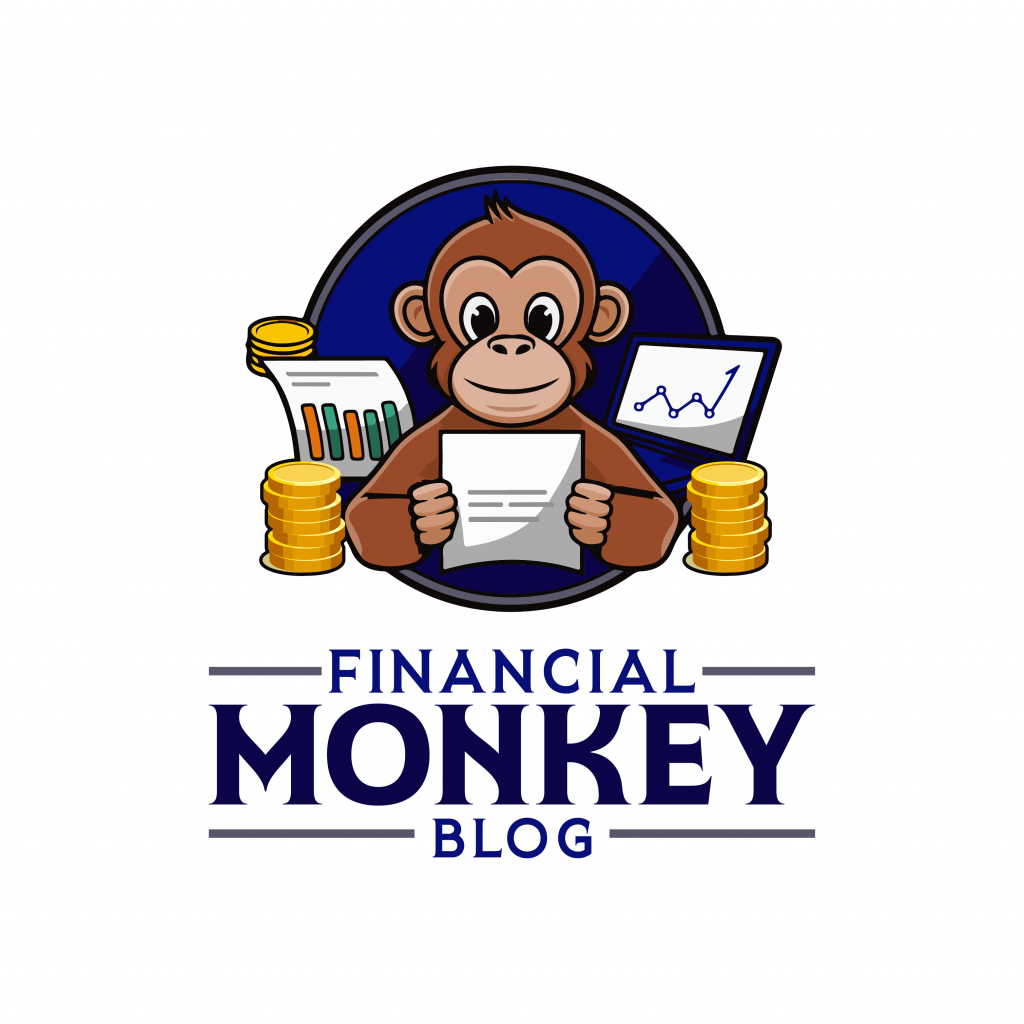Intel’s Defining Crossroads
Yet, Intel’s status as the unchallenged semiconductor king has been under severe pressure for the last decade. With the growing competition from AMD, Apple’s move to in-house processors, and global supply chain shocks, the technology giant had reached a turning point. But since 2021, when Pat Gelsinger became the CEO, Intel has initiated a daring strategic shift.
This article talks about Intel’s transformation under new leadership with a focus on innovation, manufacturing, repositioning in the market, and its significance for investors and technology watchers.

The Competitive Landscape: From Market Leader to Challenger
Intel’s Decline in Context
- AMD resurgence: AMD’s Zen architecture (since 2017) redefined performance per watt, capturing market share in desktops, laptops, and servers.
- Apple Silicon: The M1 chip, launched in 2020, shocked the industry with efficiency and performance.
- TSMC dominance: Taiwan Semiconductor Manufacturing Company became the go-to fab for Apple, Nvidia, and AMD, outpacing Intel in advanced node production.
Intel, that was vertically integrated and dominant in the past, was falling behind now in manufacturing as well as performance innovation.
Related Keywords: Semiconductor competition, Intel vs AMD, Apple M1 chip, TSMC manufacturing
Gelsinger’s Vision: Rebuilding Intel’s Technological Edge
Long-Tail Keyword: Intel strategic turnaround under Pat Gelsinger
Pat Gelsinger’s return to Intel was symbolic as well as strategic. Having been the company’s former CTO, he had historical wisdom and a keen engineering sensibility. His vision had three pillars:
1. Reclaiming Process Leadership
- Intel aims to launch 5 process nodes in 4 years, including Intel 20A and Intel 18A.
- Focus on RibbonFET (a new transistor architecture) and PowerVia (a backside power delivery tech).
- Goal: Compete head-to-head with TSMC by 2025.
2. Foundry Services (IFS)
- Intel Foundry Services launched to open Intel fabs to external customers.
- Strategic goal: Become the #2 foundry by 2030 (per Gelsinger).
- Major wins: Partnerships with MediaTek, Arm, and government defense projects.
3. Geopolitical Supply Chain Strategy
- Heavy investments in U.S. and European fabs, including Ohio and Germany.
- Aligns with the CHIPS Act and national security priorities.
- Reduces reliance on Asia-centric chip production.
Roadmap, Setbacks, and Progress
H2: New Architecture, New Business Models
Intel’s new chip architecture—like Meteor Lake—is built using a tile-based (chiplet) design, allowing flexibility and leveraging multiple fabs (including TSMC).
Key Features:
- Modular design = faster development cycles
- Lower cost and better performance per watt
- Hybrid compute approach (x86 efficiency + performance cores)
But execution hasn’t been flawless:
- Delayed product launches: Meteor Lake and Sapphire Rapids faced multiple slips
- Margin pressures: Transitioning from integrated to hybrid manufacturing strained financials
- Stock volatility: INTC stock dipped under $30 in 2022 before partial recovery
Is Wall Street Buying Into Intel’s Turnaround
H2: Intel’s Financial Health Amid Transformation
Intel’s committed over $100 billion in capex for fabs over the next decade. While this positions Intel for future dominance, it strains near-term profits.
Recent financial indicators:
- Revenue dropped from $79B (2021) to ~$54B (2023)
- Operating margin dipped below 10% for the first time in a decade
- Yet, R&D spending remains strong, signaling long-term commitment
Although there is short-term pain, analyst sentiment is gradually changing. Some believe Intel’s accomplishing the toughest portion of its strategy: starting from scratch.
Why Intel’s Relevance Still Matters
McKinsey & Company notes that semiconductors will be a $1 trillion industry by 2030, with demand driven by AI, cloud, and edge computing.
Intel, with its x86 leadership, new AI acceleration (Gaudi chips), and sovereign fabs, has a critical role to play in such a future. Intel, unlike fabless companies, is able to provide end-to-end solutions—a discriminator in a fragmented world.
What’s at Stake for Intel’s Investors
Want to understand how this affects your ETF or stock portfolio? Check out our recent post on [How to Invest in the Semiconductor Sector].
Intel’s Future Is Unwritten but Promising
Pat Gelsinger’s leadership has turned Intel from a complacent giant into a hungry challenger. The road ahead is risky and capital-intensive but also promising. If Intel can deliver on its aggressive roadmap, it might just regain its throne in a rapidly evolving tech world.
Intel Investor Relations – Financials, earnings, and strategic updates
Intel Newsroom: Gelsinger’s Vision – CEO’s roadmap for manufacturing and foundry strategy
AnandTech: Intel Accelerated Event – Breakdown of Intel’s “5 nodes in 4 years” plan
McKinsey: The Semiconductor Decade – Industry outlook and Intel’s potential role
Yahoo Finance: Intel Corporation (INTC) – Stock data, financials, and analyst coverage


Leave a Reply
You must be logged in to post a comment.